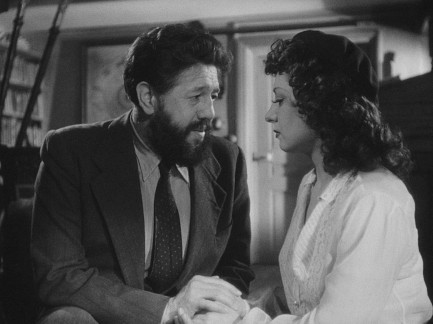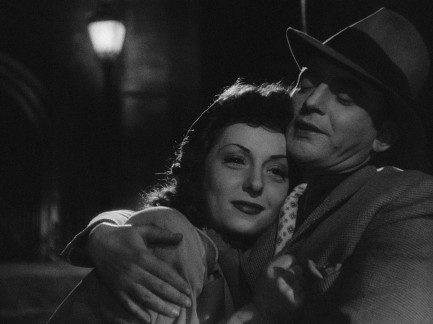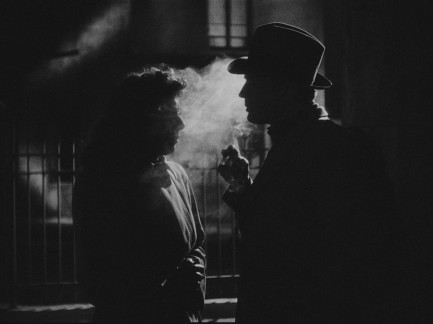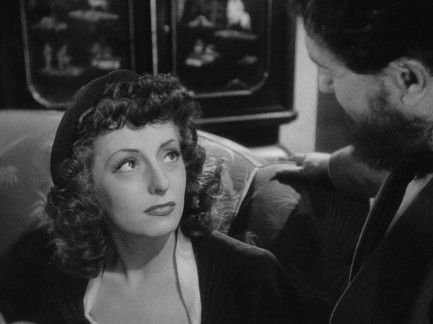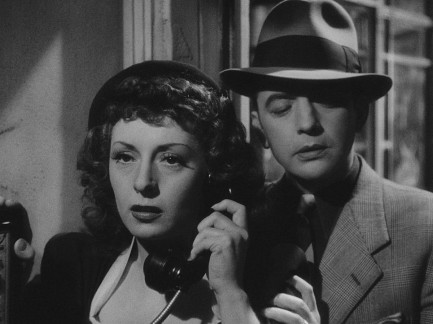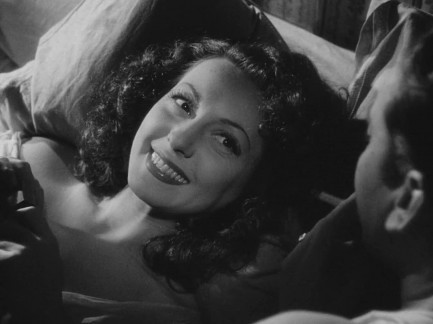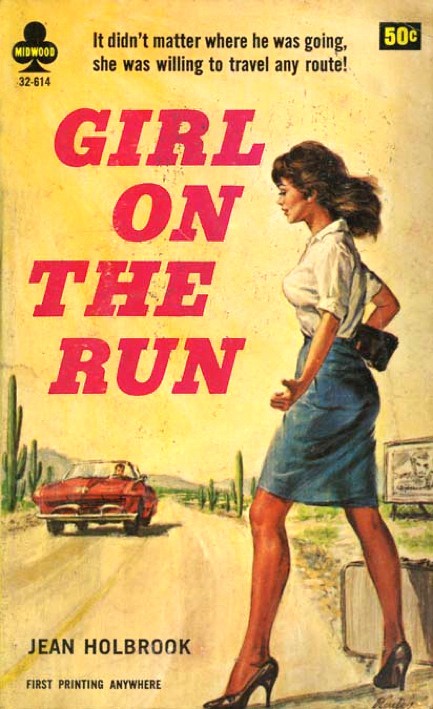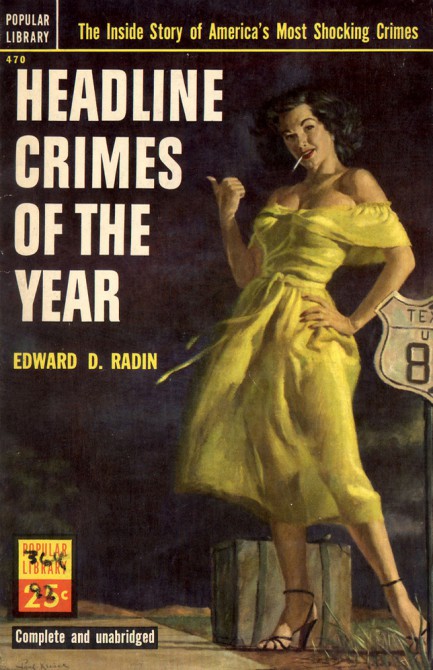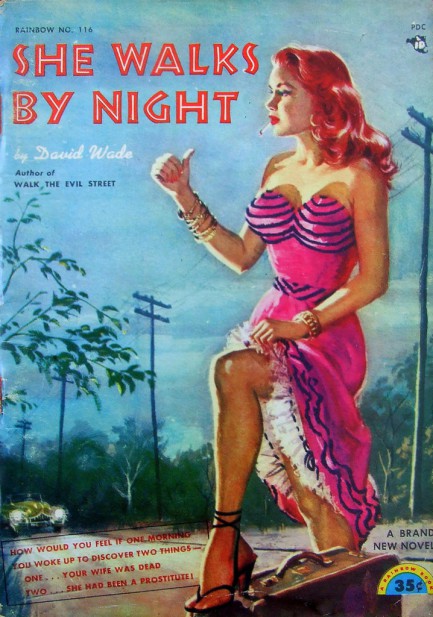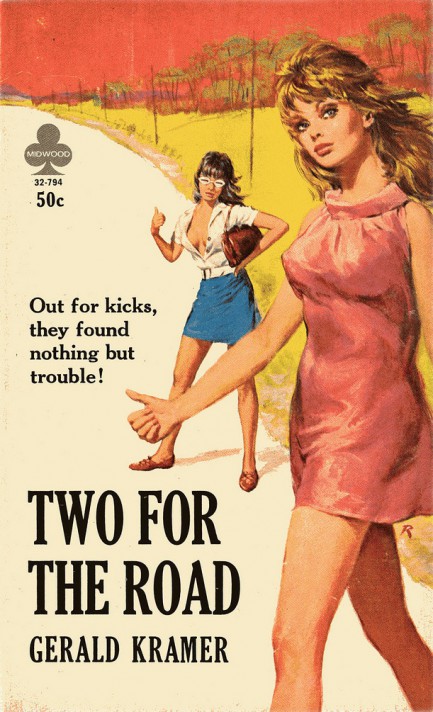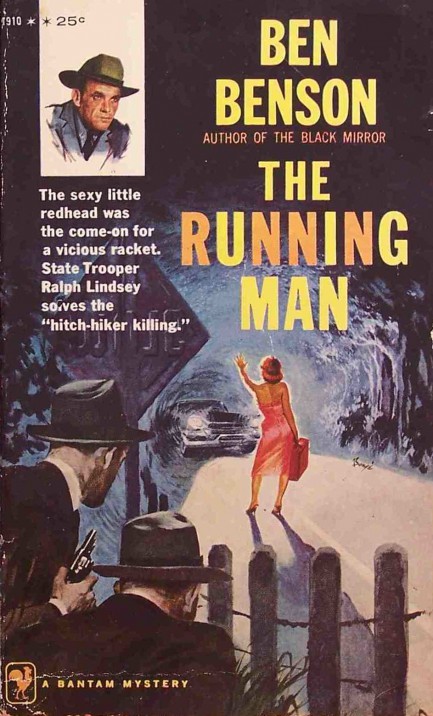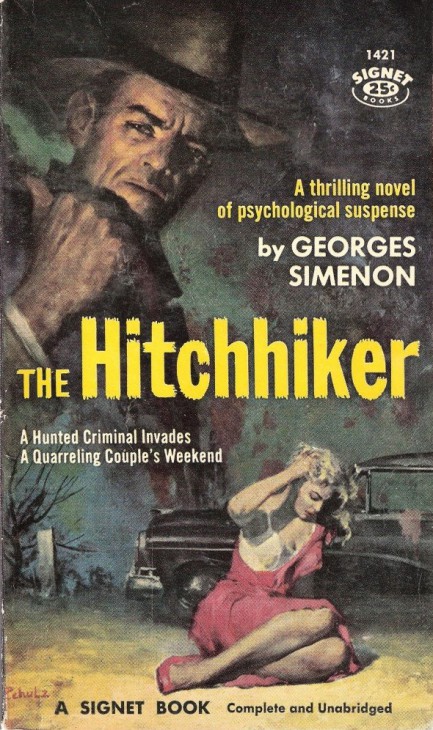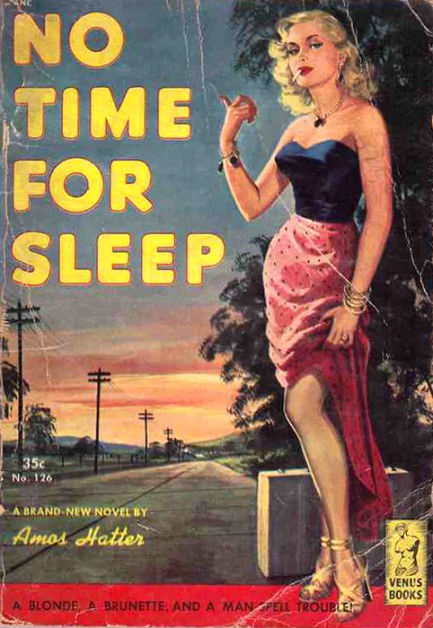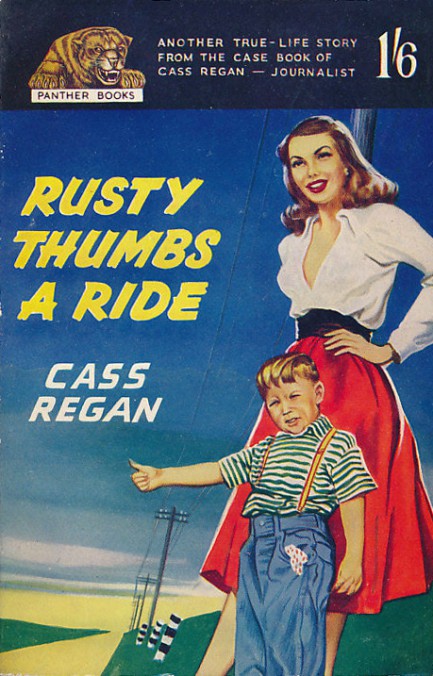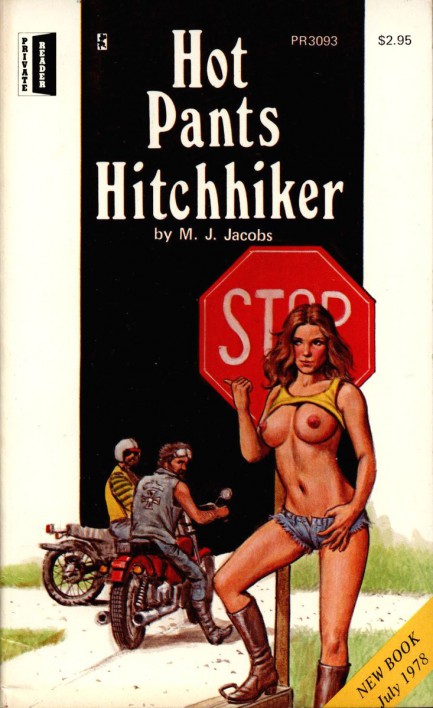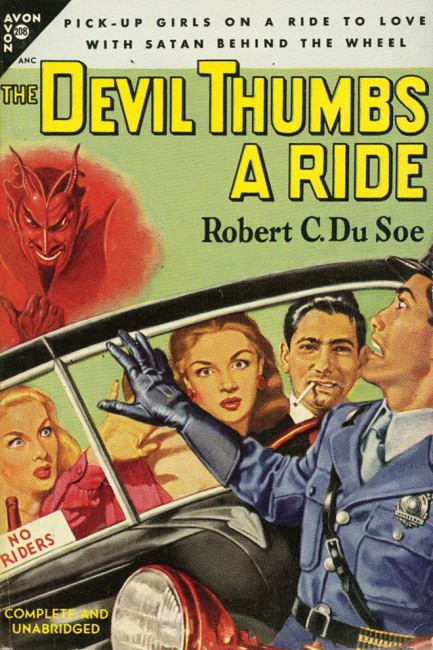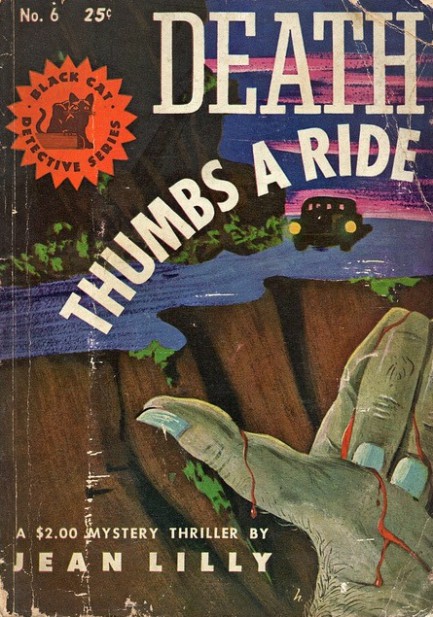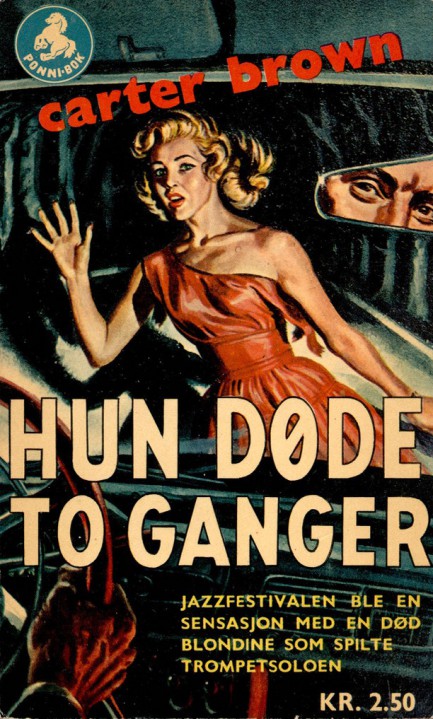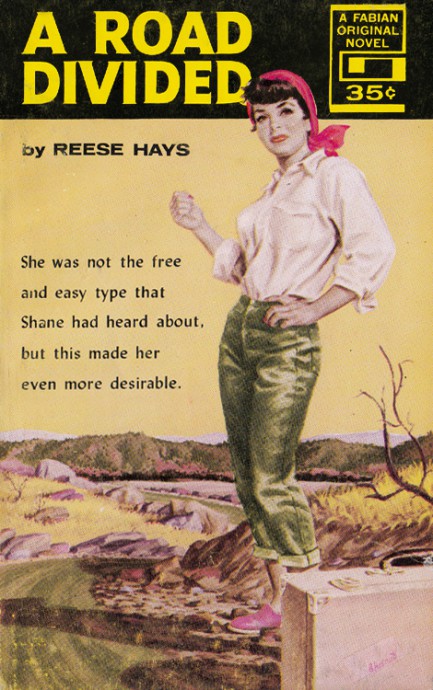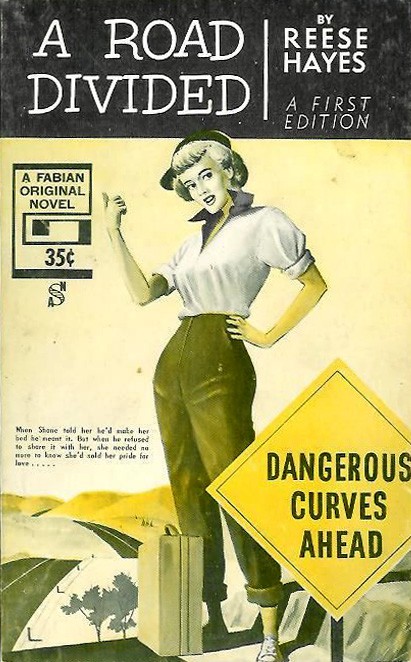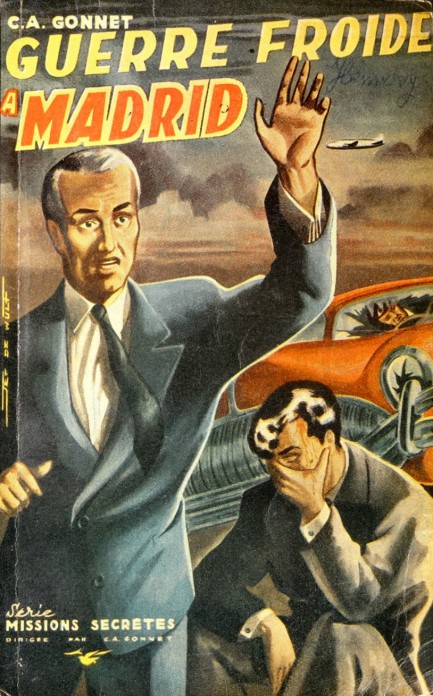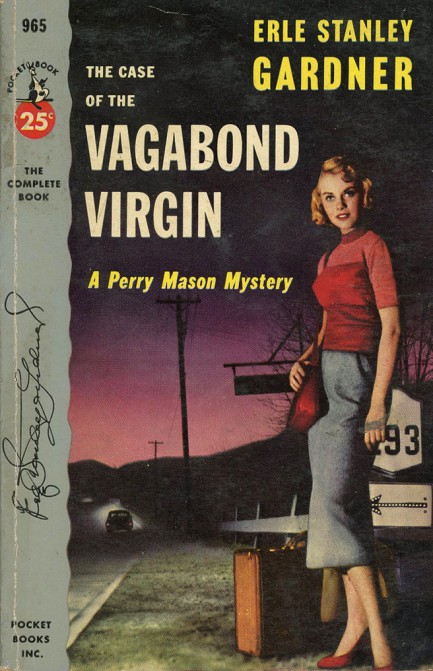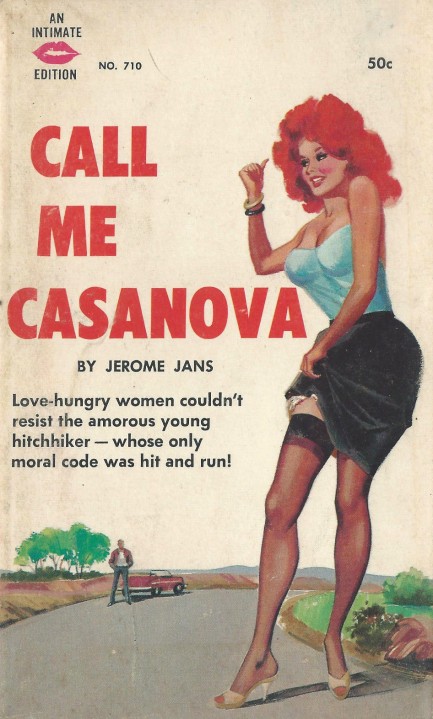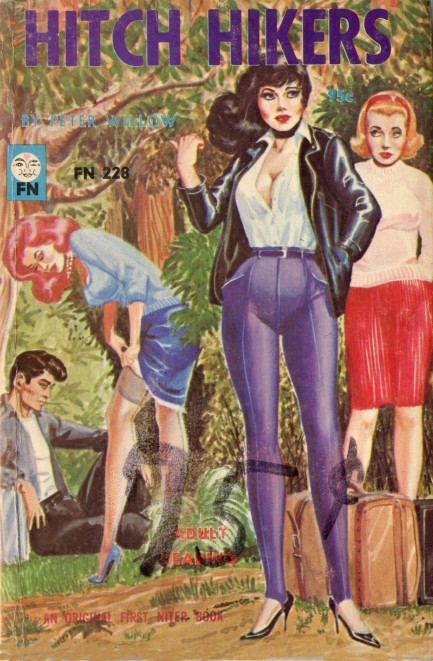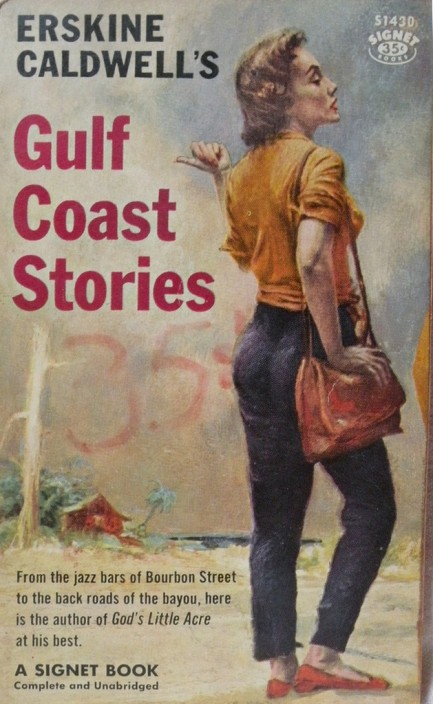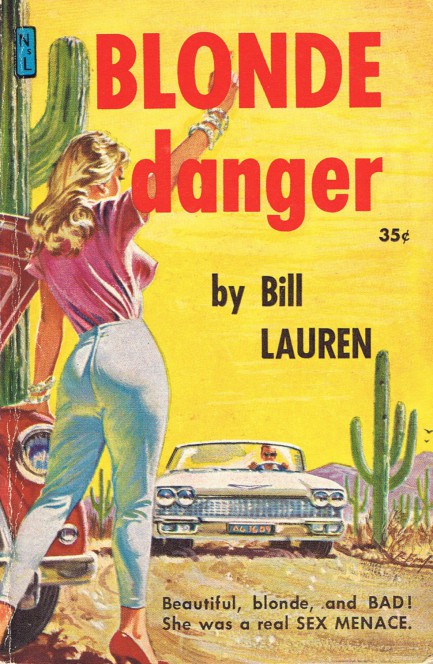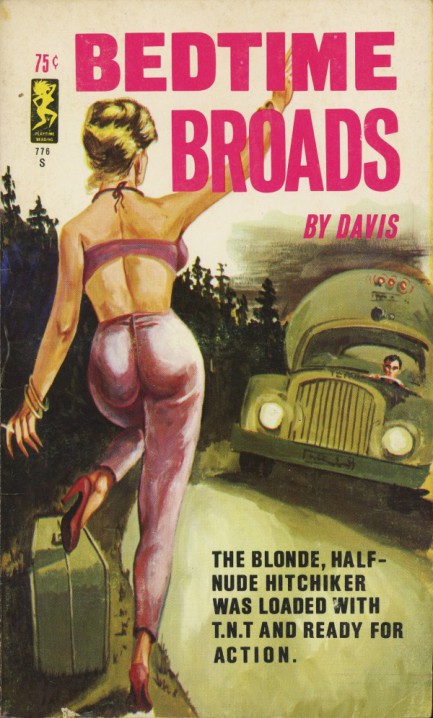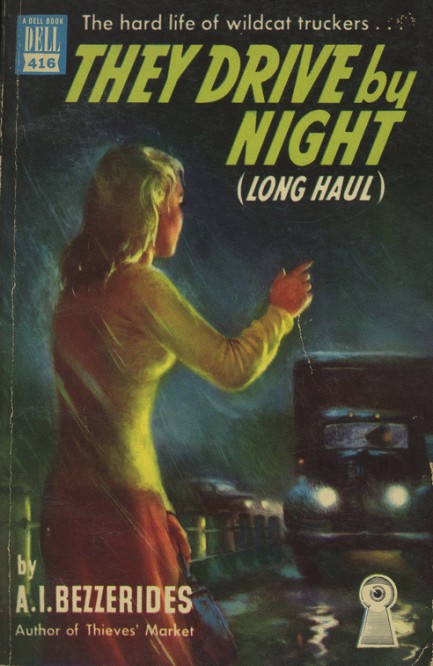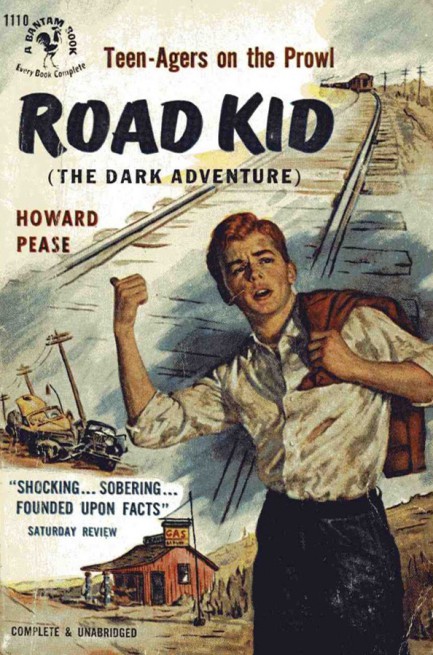 Gosh, another broken down wreck of a man. Well, tonight I'm not being picky, so get your game face on, champ. 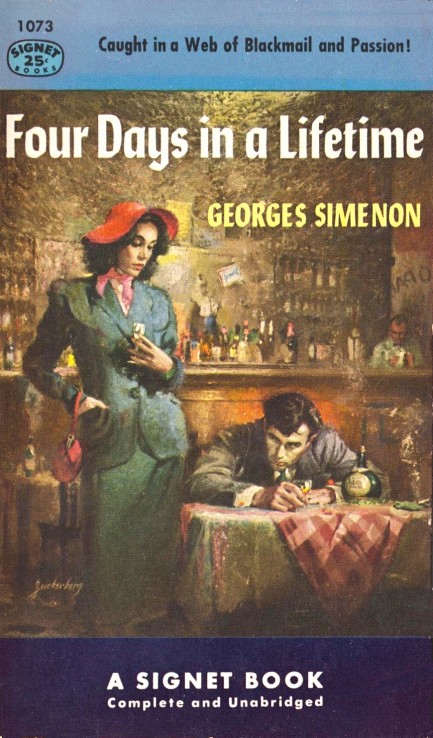
Georges Simenon was an incredibly prolific author who wrote two hundred books, starting at age seventeen, striking gold in 1931 when he invented the character of Inspector Jules Maigret. While he rode the honorable inspector like a sturdy horse for scores of outings, he also made the occasional splash with stand-alone books such as Four Days in a Lifetime, which you see above. It was originally published as Les Quatre Jours du pauvre homme in 1949, and is a tale narrated in two sections about lowly François Lecoin, who starts with little but achieves success via underhanded and amoral means. It's a rise and fall story, and a particularly turbulent one. The Signet edition came in 1953 with cover art by Stanley Zuckerberg.
 So far I've had malaria, dysentery, dengue, hookworm, and schistosomiasis, but baby, you make it all worth it. 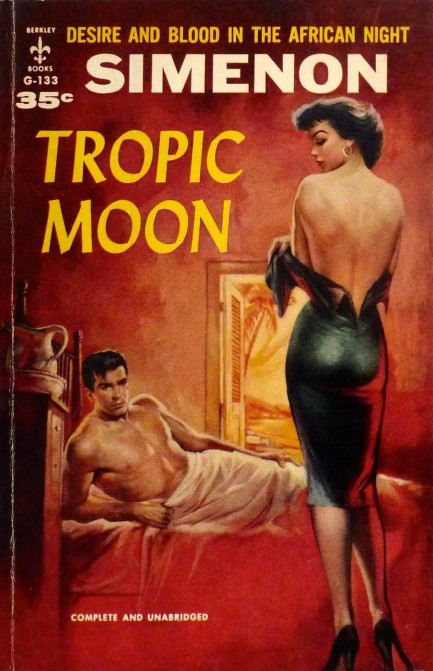
Once again cover art works its intended magic, as we made the choice of reading Georges Simenon's African adventure Tropic Moon solely due to being lured by Charles Copeland's evocative brushwork. This edition came from Berkley Books in 1958, but the tale was originally published as Coup de lune in 1933. It's set in Gabon, then a territory of French Equatorial Africa, and poses the familiar question: does Africa ruins whites or were they bad beforehand? The main character here, Joseph Timar, is done in by heat and booze and easy sex, but he was surely a terrible person before he ever set foot in Gabon, and of course he's a stand-in for all white colonials. All we can say is we get the message. We got it way back when Conrad wrote it. What would be great is some sense of evolution in all these Conrad-derived works, for instance if occasionally the human cost of colonial greed were shown to be black lives and prosperity rather than white dignity and morality, but literary treatments of that sort had not yet come over the horizon during the pulp era. On its own merits, though, Tropic Moon is interesting, a harrowing front row seat for a downward spiral in the equatorial jungle.
 You try staying calm when there's a killer on the loose. 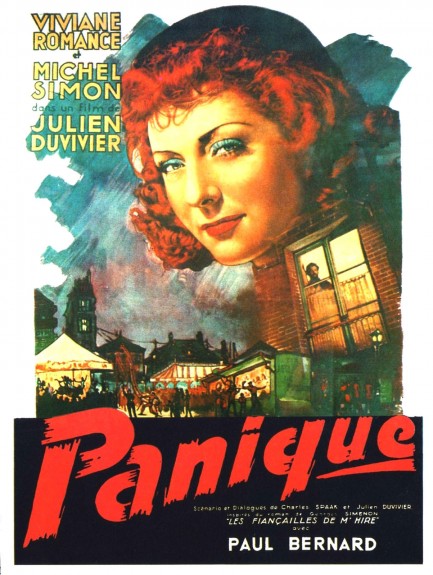
After several years writing up movies being screened at San Francisco's annual Noir City Film Festival we decided not to do it this year. But we're going to make one exception. The 1946 French drama Panique, for which you see a beautiful promo poster above, is showing at the fest tonight, and since we were able to obtain a copy, we had a look. It isn't a film noir. It's a drama starring Viviane Romance, Max Dalban, and Michel Simon, and it deals with a woman named Alice, her lover Capoulade, and her neighbor Hire, who has a crush on her. The set-up suggests love triangle, but Hire has more than just a romantic interest in Alice. He also believes her boyfriend might be responsible for an unsolved murder. The issue he'll confront is just how strong Alice's loyalties to her boyfriend are.
Every year the Noir City Film Festival draws entries from outside the film noir realm. Panique was probably chosen because its subtext deals with bigotry, an evil that is on the upswing across the globe. The character Hire is Jewish, which leads to serious trouble for him as the film progresses. The powerful screenplay was derived from Georges Simenon's 1933 novel Les Fiançailles de M. Hire (also the source material for the 1989 film Monsieur Hire), and of course in 1933 in Europe, the flames of anti-semitism were being fanned by demagogic leaders into what would soon be the conflagration of genocide. We can't tell you more about the plot of Panique without giving everything away, but we recommend it. Foreign film buffs will certainly enjoy it.
Something else we recommend is our write-up on Viviane Romance from ten years ago. Many European film performers and artists whose careers spanned World War II either fled the continent, ran afoul of the Nazis, or worked out an accommodation that allowed them to continue in their professions. Romance falls into the third category. The French population was somewhat understanding about stars who decided to keep working even after the Nazis took over the French film industry. They were understanding up to a point, that is. If you're interested in learning more just click this link.
 Never trust a man in expensive clothes. 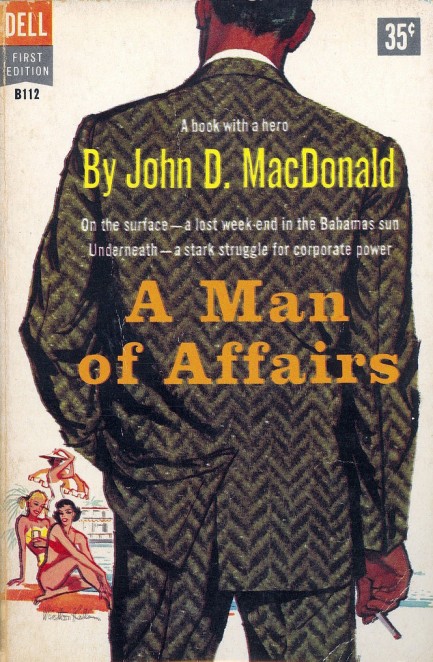
The Pulp Intl. girlfriends want more depictions of men on the site. Can we oblige them? Probably not. Vintage paperback art features women about ninety percent of the time, and they’re often scantily clothed. Men, on the occasions they appear, are not only typically dressed head to toe, but are often sartorially splendid. There are exceptions—beach-themed covers, bedroom depictions, gay fiction, and romances often feature stripped down dudes. We’ll assemble some collections of all those going forward, but today the best we can offer is an assortment of g’d up alpha males, with art by Victor Kalin, Robert McGinnis, and others. Enjoy. 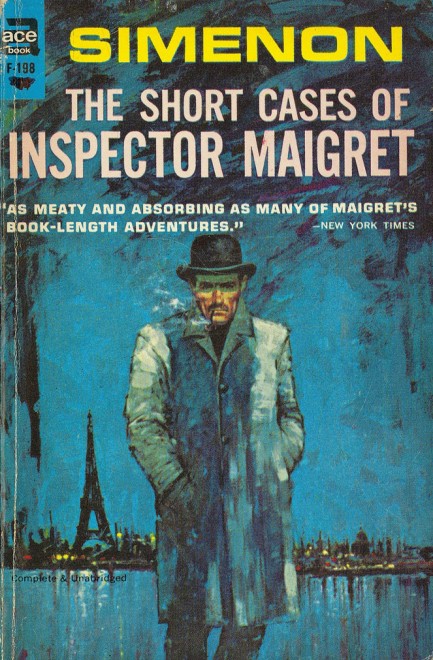 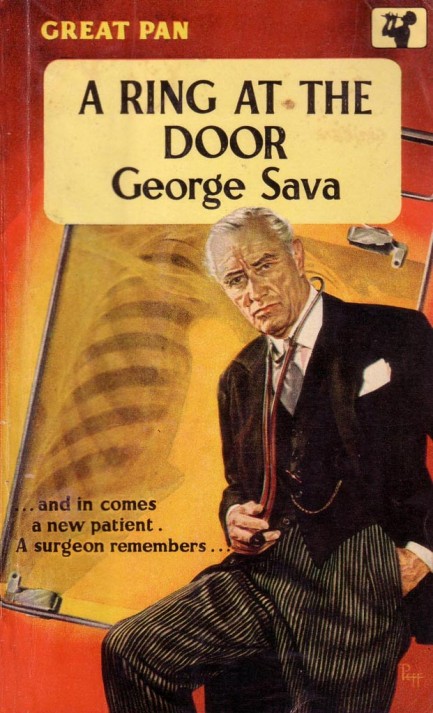 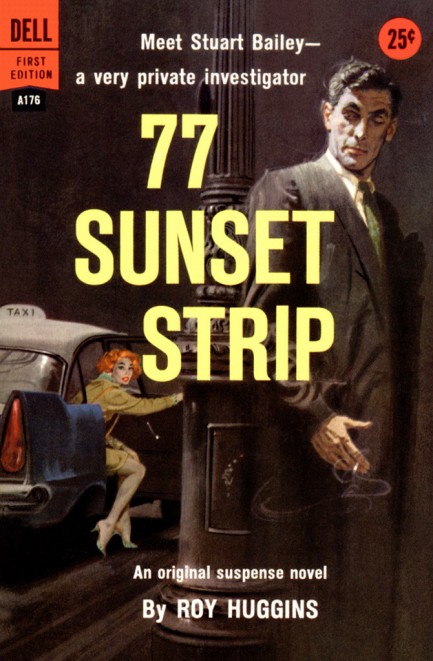 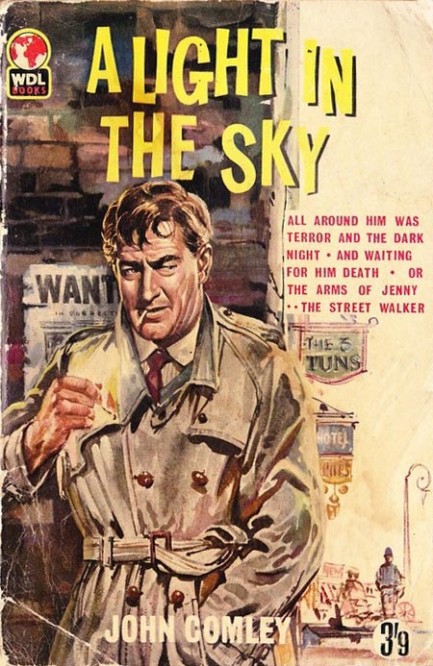 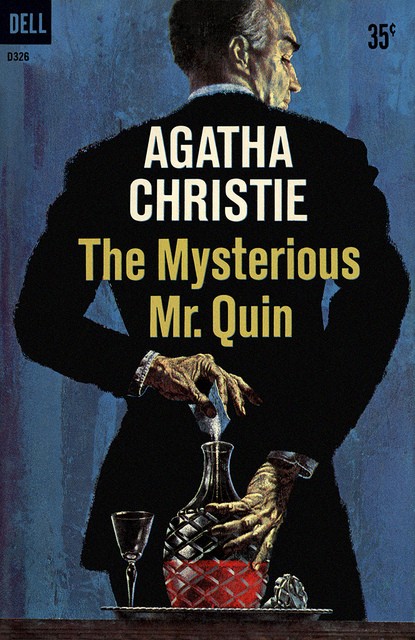 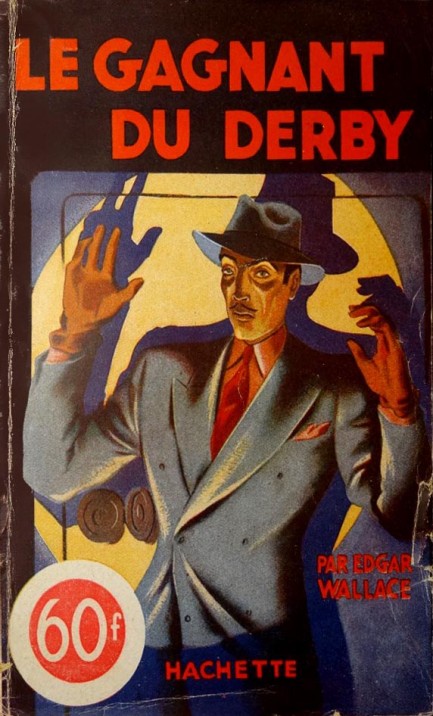 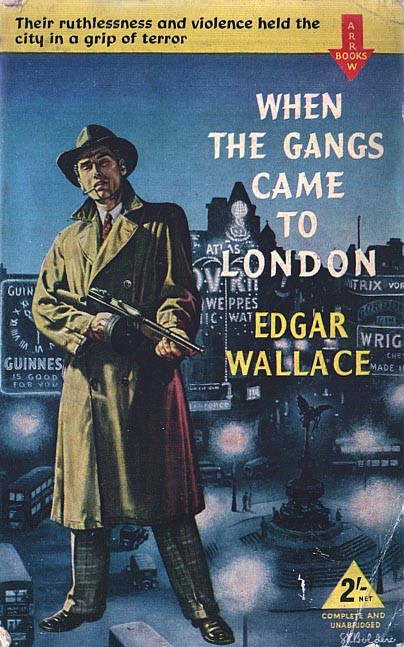 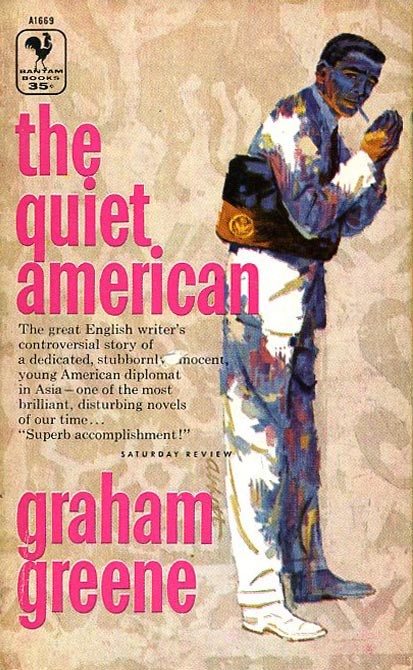 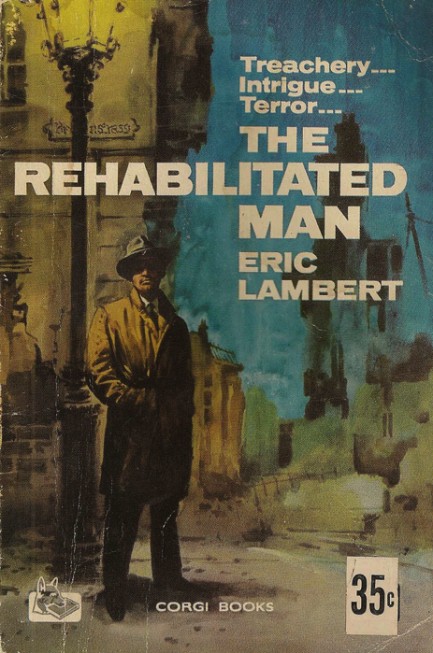 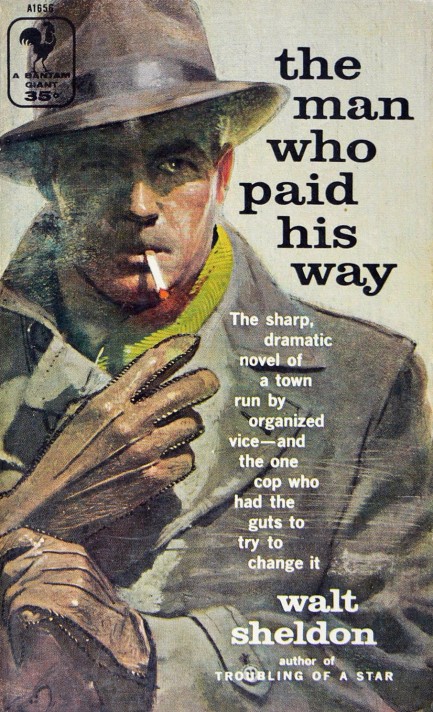 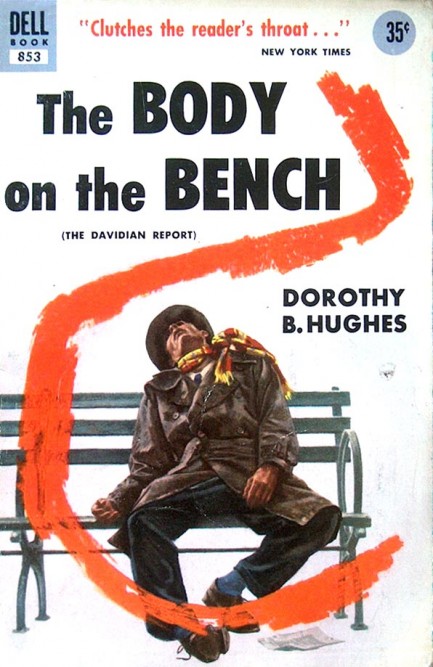 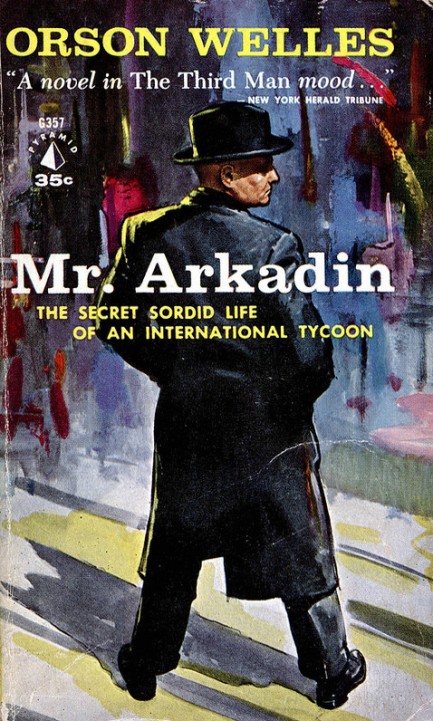
|
 |

The headlines that mattered yesteryear.
2003—Hope Dies
Film legend Bob Hope dies of pneumonia two months after celebrating his 100th birthday. 1945—Churchill Given the Sack
In spite of admiring Winston Churchill as a great wartime leader, Britons elect
Clement Attlee the nation's new prime minister in a sweeping victory for the Labour Party over the Conservatives. 1952—Evita Peron Dies
Eva Duarte de Peron, aka Evita, wife of the president of the Argentine Republic, dies from cancer at age 33. Evita had brought the working classes into a position of political power never witnessed before, but was hated by the nation's powerful military class. She is lain to rest in Milan, Italy in a secret grave under a nun's name, but is eventually returned to Argentina for reburial beside her husband in 1974. 1943—Mussolini Calls It Quits
Italian dictator Benito Mussolini steps down as head of the armed forces and the government. It soon becomes clear that Il Duce did not relinquish power voluntarily, but was forced to resign after former Fascist colleagues turned against him. He is later installed by Germany as leader of the Italian Social Republic in the north of the country, but is killed by partisans in 1945.
|

|
|

It's easy. We have an uploader that makes it a snap. Use it to submit your art, text, header, and subhead. Your post can be funny, serious, or anything in between, as long as it's vintage pulp. You'll get a byline and experience the fleeting pride of free authorship. We'll edit your post for typos, but the rest is up to you. Click here to give us your best shot.

|
|







